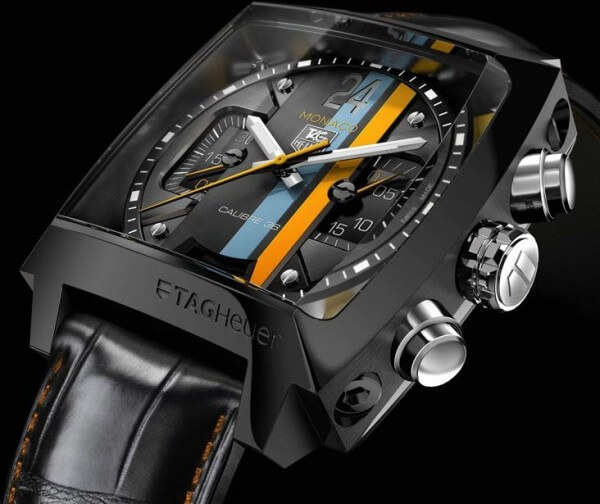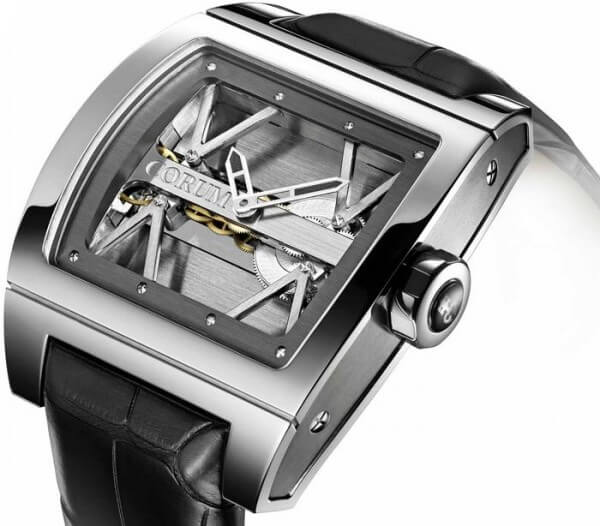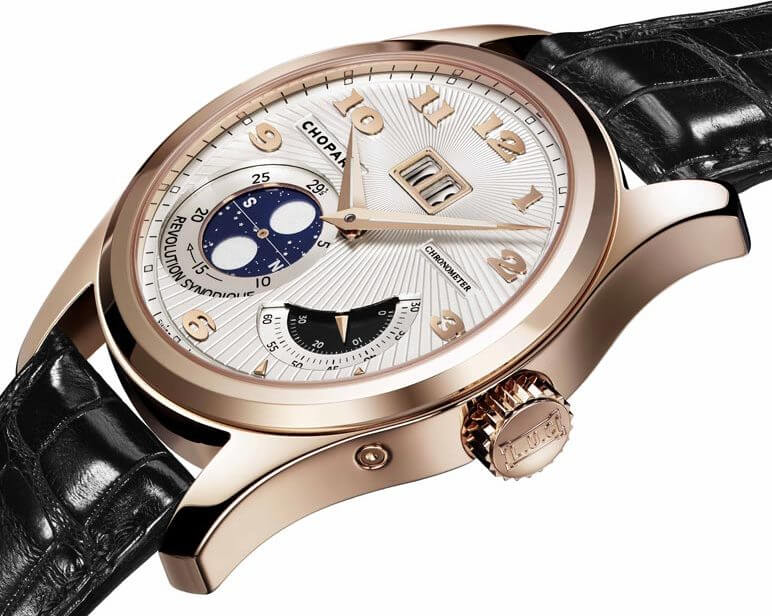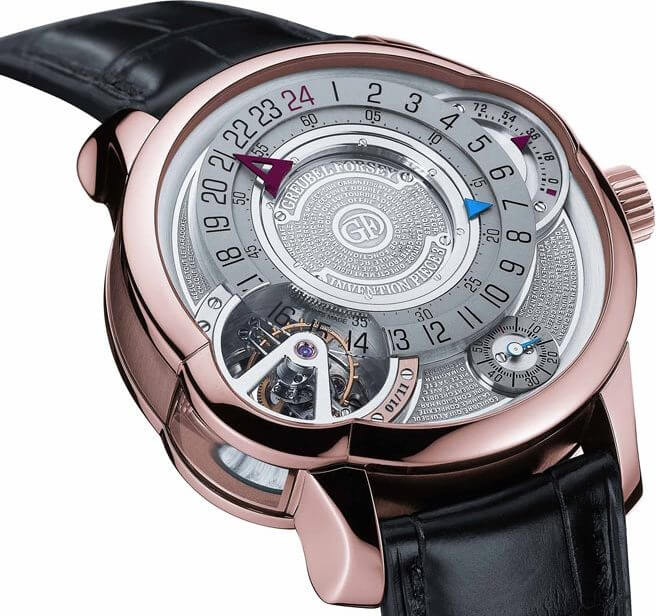With attendance down 12% to 93,900 visitors, and a drop in orders in the region of 20%, according to first reports from François Thiébaud, president of the Swiss Exhibitors’ Committee at Baselworld, and also at the head of Tissot, the organisers of the World Watch and Jewellery Show nonetheless drew a “positive” conclusion from the 2009 edition. “The watch and jewellery industry is facing up to this difficult economic situation in an extremely constructive way,” commented the show’s director, Sylvie Ritter. Yet despite these upbeat declarations, it was clear to anyone visiting the stands that in these challenging times, the industry has preferred to move down a gear as it prepares to face “a lack of orders, a lack of assets and in some cases a lack of visibility,” as Jacques Duchêne, president of the Exhibitors’ Committee, observed in his opening speech.
Indeed, most of the brands exhibiting at Baselworld chose to limit the number of new models, favouring just one or two exceptional timepieces, until the return of brighter days. The highlight at Chopard, for example, was a L.U.C Lunar Big Date, with the brand preferring to concentrate on its 150th anniversary in 2010. Patek Philippe revisited its existing collections, leaving the way clear to focus attention on the Patek Philippe Seal. This hallmark covers the movement and exterior elements, and guarantees both the quality of finish and stability of rate. The manufacture expects to emboss its first watches with this seal in two years’ time. In a similar vein, Rolex paid particular attention to its dials, as did TAG Heuer, which also unveiled its Monaco Twenty Four Concept Chronograph with revolutionary shock protection, and the long-awaited, and now stabilised, Monaco V4.

Black and chronographs
And so the rug has been pulled from under the hubris and extravagance of recent years. The mood today is one of greater sobriety, both for movements and exteriors, and nothing captures this better than black, the dominant colour this year. Corum, which went all out late last year to adapt its models to market reality, presented an Admiral’s Cup Chronograph 50 LHS, a Black Challenge 44 and Black Hull titanium. All three use black PVD treatment to bring out the powerful design of their dials. Same story at Jaquet Droz, whose Large Seconds, Ceramic Perpetual Calendar and Ceramic Power Reserve illustrate one of the brand’s themes for 2009: black. As for Hublot, the brand has known for years that black is beautiful. The King Power was notable among its new season’s models.
Turning to complications, while exceptional watches were no strangers to the stands – particularly at Greubel Forsey (Invention Piece 3), Ulysse Nardin (Moonstruck), de Grisogono (Meccanico dG) and Christophe Claret (DualTow, for the manufacture’s 20th anniversary) – they were outnumbered by useful complications, led by chronographs in all shapes and forms, closely followed by calendars. This particular complication reached new heights at Maîtres du Temps, which unveiled Chapter 2, an instantaneous triple calendar with large date. Still in pursuit of watchmaking’s traditional values, numerous brands turned to their iconic timepieces. Several of Zenith’s models celebrated the 40th anniversary of its El Primero movement. Omega gave pride of place to the Speedmaster, forty years after its trip to the moon. Blancpain found new inspiration in the Fifty Fathoms watch while Patek Philippe reinvented its timelessly classic Golden Ellipse.
Into the depths
Another major trend, already observed at this year’s SIHH at Audemars Piguet, Cartier, Montblanc, Parmigiani and Roger Dubuis in particular, is a highlighting of the watch’s mechanics through openwork dials and skeleton movements. Corum’s new in-house calibre, housed inside its all-titanium Ti-Bridge watch, perfectly expresses this quest for mechanical purity, as does the Double Tourbillon Technique, a three-dimensional model by Greubel Forsey. Maurice Lacroix features two skeleton watches in its Masterpiece collection, while Wyler Genève has opted for a skeleton tourbillon. Virtually all the Zenith collections feature openings in the dial that draw the eye deep into the heart of the manufacture’s movements.

Playing on different depths for the dial, Concord (C2), Blancpain (8 Day Complete Calendar), Breguet (Tradition Power Reserve), de Grisogono (Instrumento Grande Open Date) and Perrelet (Turbine) showed how dials designed around multiple levels offer endless scope for originality. Judging by the technical feats behind these pieces, whose movements are showcases for the brand’s expertise, there can be no doubt that while companies may have shown a certain reserve this year, they also proved that innovation and creativity are the foundations on which to build the future.





















